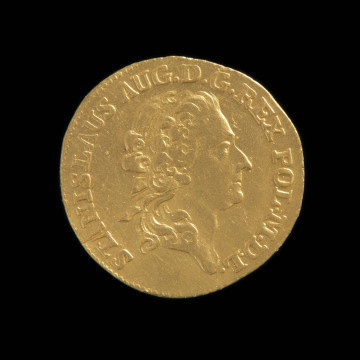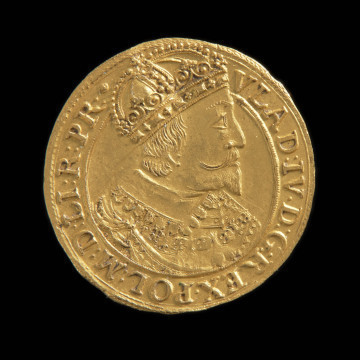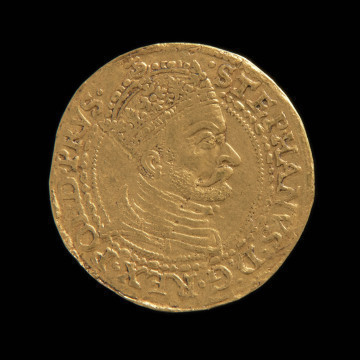
Ducat
1791
National Museum in Szczecin
Part of the collection: Polish coins
The great hopes brought by the Emperor Napoleon Bonaparte (1769-1821), who was touted as the restorer of Poland, who would raise it from ashes to its former glory, all but failed. The Kingdom of Poland was eventually resurrected after the Napoleonic Wars by Tsar Alexander I Romanov of Russia (1777-1825). The Polish state created in 1815, often referred to as the Congress Poland, was bound by a personal union with Russia. In 1830, in response to restrictions on the autonomy of the Kingdom and the persecution of Polish patriots, a national uprising broke out. The insurgent government faced financial problems right from the start. There was not enough money to buy weapons, especially since the Prussian government decided to freeze the assets of the Polish Bank, held by Prussian banks. What is more, the mints needed to be switched over to war effort. In addition to silver coins, the insurgents started making ducats to finance arms purchases abroad. The coin was designed based on a Dutch ducat. It was distinguished from the ducat minted in Utrecht by the small eagle, replaced by Mercury's caduceus. The choice of the insurgent coin design was not incidental. The Dutch ducat of the 17th and 18th centuries was a very popular and readily accepted coin in Europe. In total, 163,205 ducats were minted, worth 3,264,100 zlotys. Three batches of uprising coins were minted, varying in amounts and thus rarity, distinguished by the position of the dot (or lack thereof) next to the torch mark. The ducat on display has a dot on the left side, marking the fact that it belongs to the first, largest issue of about 80,000 coins. The ducat was withdrawn from circulation on 1 June 1838. Together with other coins and a banknote it was treated as a valuable souvenir and put in special boxes. The first boxes of this kind were made in the Warsaw mint during the uprising, others were made by bookbinders after its fall.
Mieszko Pawłowski
Other names
Dukat
Author / creator
Dimensions
cały obiekt:
Object type
coin
Technique
minting
Material
gold
Creation time / dating
Creation / finding place
Owner
National Museum in Szczecin
Identification number
Location / status

1791
National Museum in Szczecin

1633
National Museum in Szczecin

1581
National Museum in Szczecin
DISCOVER this TOPIC
National Museum in Lublin
DISCOVER this PATH
Educational path